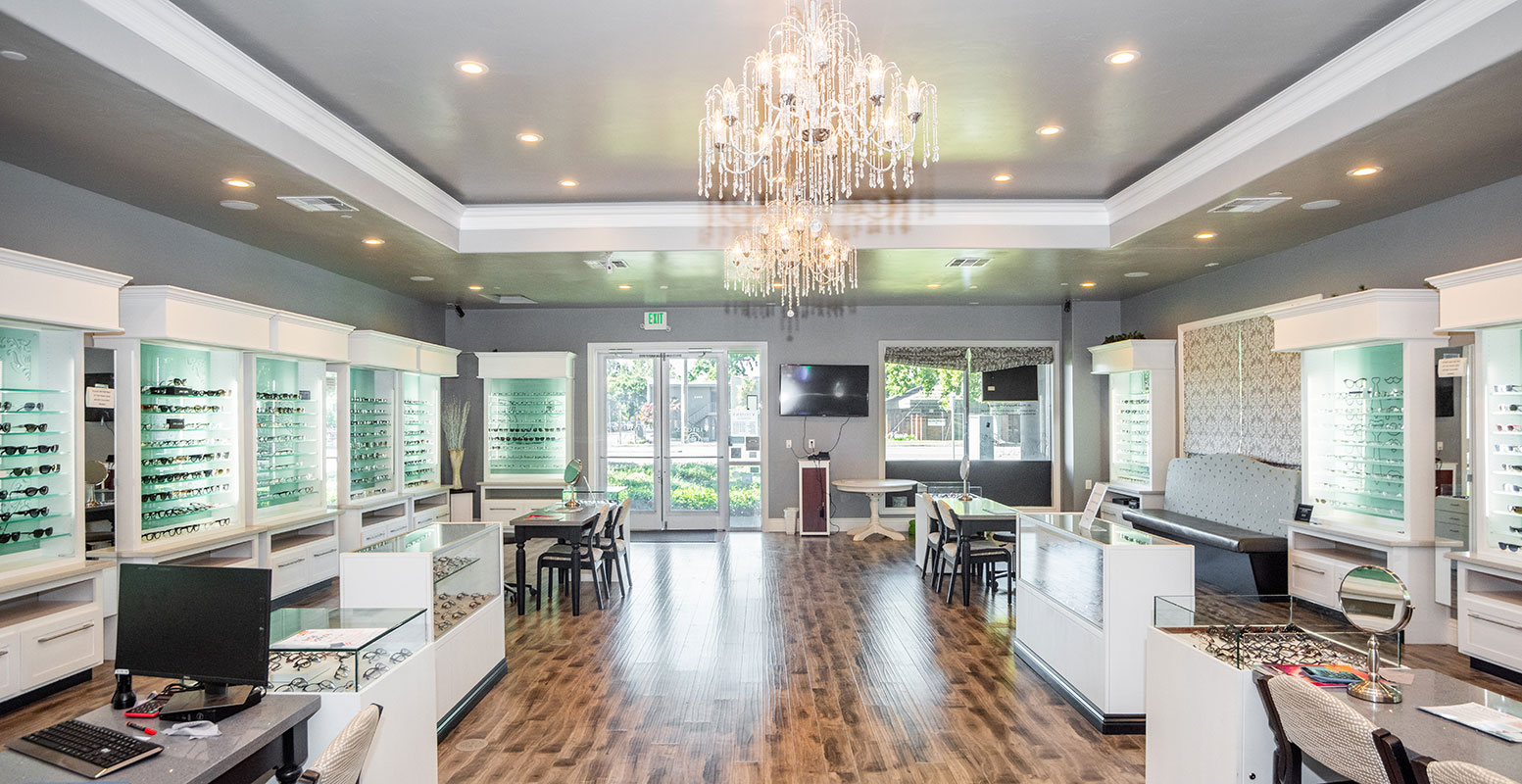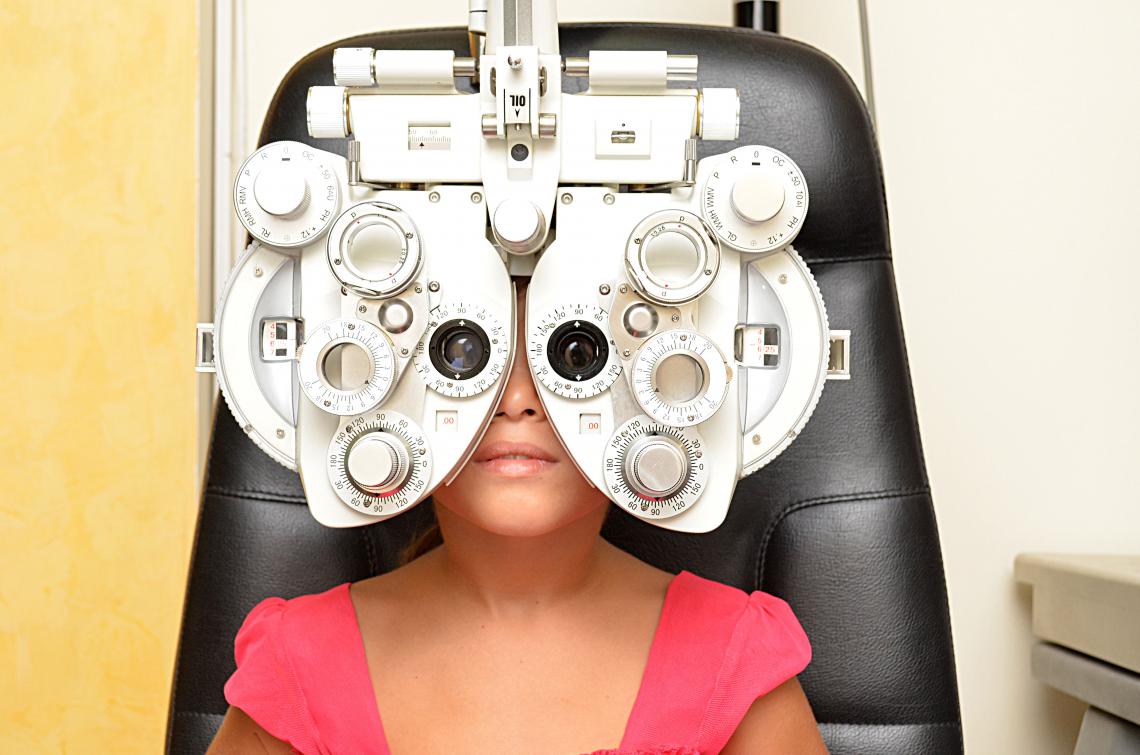Comprehending the Role of Your Eye Doctor in Keeping Vision
Comprehending the Role of Your Eye Doctor in Keeping Vision
Blog Article
Discovering the Newest Technological Improvements in Optometry and What They Mean for Optometrists
In the ever-evolving field of optometry, current technological improvements are reshaping how professionals approach eye treatment. From the precision of Optical Comprehensibility Tomography to the nuanced insights provided by AI-driven diagnostic tools, these advancements are setting brand-new criteria in individual analysis and treatment. Teleoptometry is poised to redefine availability, making certain that knowledge goes beyond geographical constraints. As these developments permeate the method, eye doctors are confronted with the difficulty of accepting these tools to enhance client end results. Yet, the inquiry remains: how will these technical changes redefine the duties and obligations within the profession?
Developments in Diagnostic Devices
Progressing the field of optometry, technologies in analysis devices have changed the way eye treatment specialists evaluate and identify eye problems and aesthetic disabilities. The previous decade has seen substantial technological innovations, enabling even more thorough and accurate assessments.
One more trick advancement is the introduction of sophisticated corneal topography systems, which map the surface area curvature of the cornea with accuracy. These tools are specifically advantageous for fitting contact lenses and detecting corneal disorders. Electronic retinal imaging has transformed standard ophthalmoscopy, providing in-depth, scenic sights of the retina that assist in detailed aesthetic exams.
The growth of wavefront aberrometry has actually additionally been critical, allowing the evaluation of refractive errors with unrivaled accuracy (Optometrist Chino). This technology assists in customizing rehabilitative lenses and improving medical end results for refractive surgical treatments. Collectively, these diagnostic developments equip optometrists to deliver superior person care, ensuring early treatment and tailored therapy strategies, inevitably improving aesthetic health and wellness outcomes
AI in Patient Administration
Building on the foundation of sophisticated analysis devices, the incorporation of synthetic knowledge (AI) in client administration stands for a transformative jump for optometry. AI systems are significantly utilized to improve efficiency, precision, and customization in patient care.
Additionally, AI-driven systems facilitate structured patient communications and administrative procedures. Automated scheduling, online appointments, and individualized follow-up plans not only enhance person satisfaction but additionally maximize time management for professionals. These systems can triage individuals based upon the necessity of their conditions, making certain that those in vital requirement get punctual interest.
Additionally, AI boosts decision-making by offering eye doctors with evidence-based referrals and treatment paths. By integrating information from electronic health and wellness documents, AI tools provide insights that notify clinical decisions, lowering the threat of errors and improving individual outcomes. As AI proceeds to progress, its function in client management will likely broaden, reshaping the landscape of optometric care.
Developments in Retinal Imaging
In the world of optometry, retinal imaging has observed amazing technological improvements that are enhancing diagnostic capabilities and client treatment. Technologies such as Optical Comprehensibility Tomography (OCT) and fundus photography have actually transformed just how eye doctors imagine and evaluate the retina. OCT, in specific, supplies high-resolution, cross-sectional pictures of the retina, permitting the comprehensive examination of its layers. This capacity is very useful for very early detection and management of conditions like glaucoma, diabetic retinopathy, and age-related macular degeneration.
Improved imaging techniques like OCT angiography are further refining diagnostic accuracy. Eye Doctor. Such developments assist in the recognition of minute retinal changes that might signify disease development.
Moreover, advancements in expert system are boosting retinal imaging by enabling automatic evaluation click for source of huge datasets. These systems help optometrists in identifying patterns indicative of pathology, thereby enhancing analysis precision and efficiency. Collectively, these advancements are transforming retinal imaging right into a keystone of contemporary eye care, boosting outcomes and broadening restorative possibilities.
Teleoptometry's Growing Function
Teleoptometry is increasingly becoming a crucial component of eye care, driven by developments in digital interaction and analysis tools. This is especially advantageous in country and underserved locations where access to specialized eye care is commonly minimal.
The integration of man-made intelligence (AI) further improves teleoptometry, enabling the analysis of visual information and assisting in the detection of eye problems such as glaucoma and diabetic person retinopathy. AI-powered formulas can quickly interpret complicated imaging information, providing optometrists with beneficial understandings that bolster professional decision-making.
Furthermore, teleoptometry supports continuity of treatment via seamless assimilation with digital wellness documents (EHRs), permitting optometrists to maintain extensive client histories. This makes certain that patients get tailored and constant care even when consulting with different specialists.
Despite these advantages, difficulties remain, consisting of guaranteeing information protection and taking care of individual assumptions. Teleoptometry represents a substantial stride in the direction of even more accessible, reliable, and patient-centered eye treatment. As innovation progresses, its role is positioned to broaden even more.

Future Fads in Eye Care
A myriad of learn the facts here now ingenious patterns is readied to reshape the future of eye treatment, driven by technological advancements and the developing needs of patients. One substantial pattern is the assimilation of synthetic knowledge (AI) in diagnostics, which promises to boost the accuracy and effectiveness of eye assessments. AI algorithms can assess vast amounts of data from retinal photos, possibly identifying conditions like diabetic person retinopathy and glaucoma earlier than conventional approaches.
Moreover, personalized medication is acquiring traction in optometry, with hereditary testing notifying tailored therapy strategies. This technique aims to maximize patient results by customizing interventions to individual genetic accounts. Wearable technology, such as clever contact lenses, is also coming up, providing real-time monitoring of intraocular pressure or sugar levels, hence providing continuous insights into ocular and systemic health and wellness.
The fostering of increased fact (AR) and online fact (VR) in from this source training and individual education and learning is another arising pattern. These modern technologies provide immersive experiences that can boost understanding and abilities both for optometrists and individuals. As these patterns develop, eye doctors should remain abreast of technical innovations to offer cutting-edge treatment, guaranteeing enhanced patient results and fulfillment in the dynamic landscape of eye care.
Final Thought

Collectively, these diagnostic innovations encourage optometrists to deliver remarkable person care, ensuring early treatment and customized treatment strategies, inevitably enhancing visual health outcomes.

As these modern technologies proceed to evolve, optometrists must adapt and integrate them right into practice, inevitably optimizing process performance and elevating the criterion of eye care delivered to patients.
Report this page